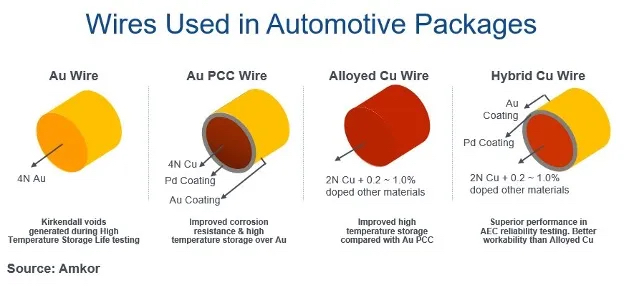Florida Semiconductor Week, Jan. 23–25 in Gainesville, brought together nearly 300 luminaries in the world of semiconductor manufacturing and research to discuss the state-of-the-art in advanced packaging, advanced semiconductor design, and fabrication.









